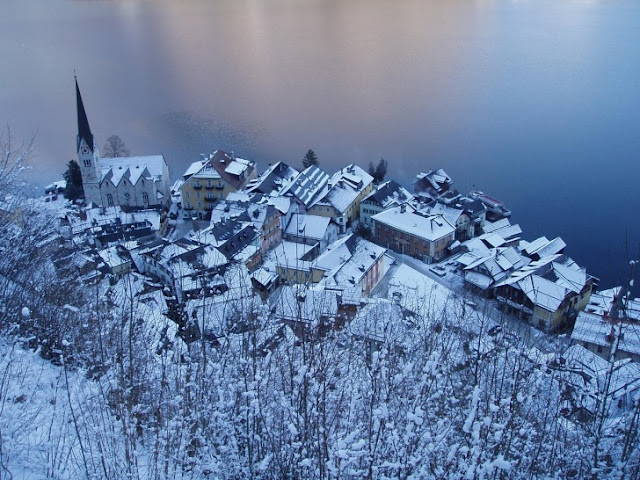The Carpathian
Mountains, a range of mountains in central Europe. The area is forming for the
greater part of their extent a natural boundary of Hungary, in the shape of a
semicircular belt of nearly 800 miles in length, extending from Orsova on the
Servian frontier, to Presburg. Its breadth is considerable, reaching a maximum
of 240 to 250 miles, between the Banat and Transylvania.
The Carpathian Mountain chain may be divided into two great sections, the East
and the West Carpathians, the former curving from the mouth of the Nera to the
source of the Theiss, and forming the boundary between Austria and Romania. The
latter proceeded from the sources of the Theiss and the Pruth, terminating on
the banks of the Danube west of Presburg, and forming the boundary between
Hungary and Galicia.
To the western Carpathians belongs the remarkable group of the Tatra, in which
is situated the culminating summit of the whole system, the Gerlsdorf Peak,
8,737 feet. Several other peaks exceed 8,000 feet. The loftiest summit of the
eastern Carpathians reaches an elevation of 8,318 feet. The most remarkable and
frequented passes are those of Teregova, leading from Orsova to Temcswar; of
Vulkar, forming the valley in which the Schyl flows; and of the Rothenthurm, in
a gorge formed by the Aluta at the foot of Mount Szurul.
The outer bend of the Carpathians is much steeper than that which descends
toward the valleys of Transylvania and Hungary. The only important rivers that
actually rise in the chain are the Vistula, the Dniester, and the Theiss. The
formation of the Carpathians took place mostly in the Tertiary period, and was
practically completed at the end of the Miocene. The eastern part of the
Carpathian chain, from Orsova to the source of the Burcza, near Kronstadt, is
entirely composed of primitive rocks. These are succeeded by grauwacke, which
extends to the sources of the Theiss and is only interrupted by a primitive
group between the pass of Borgo and the source of the Viso.
A great chain of trachyte appears on the frontiers of the Bukowina and
stretches to the point where the Aluta begins to flow southwest. To the west of
this chain, on approaching the plains, an extensive tract of sandstone
belonging to the coal formation begins to appear and covers the greater part of
Transylvania. Tertiary formations surround the vast plains of Hungary, which
consist of a rich alluvium, and must once have been the bed of a lake. Basalt
frequently occurs, but no distinct traces of extinct volcanoes have been found.
The Carpathian Mountains range is rich in minerals, including gold, silver, quicksilver, copper, and iron. Salt occurs in beds, which have sometimes a thickness of 600 or 700 feet, and are apparently inexhaustible. On the plateaus corn and fruit are grown to the height of 1,500 feet; higher up the mountain steeps are covered with forests of pine, some of them as high as 5,500 feet. About 6,000 feet seems to be the vegetable limit. Above it, a few lichens may be found, but in general, nothing is seen but bare, steep rocks, many of them in the form of conical peaks.
.png)
.png)
.png)
.png)
.png)
.png)
.png)
.png)
.png)





































